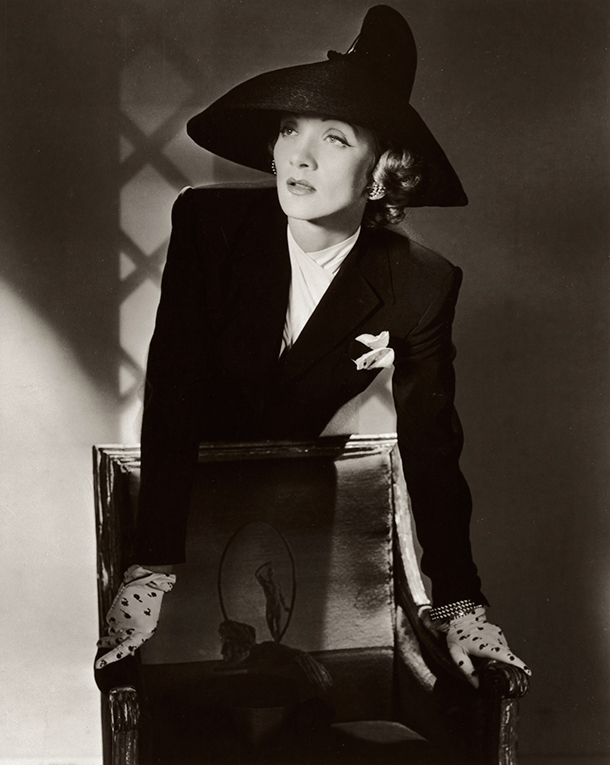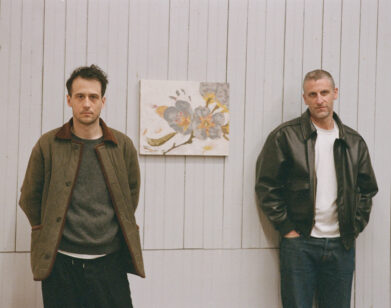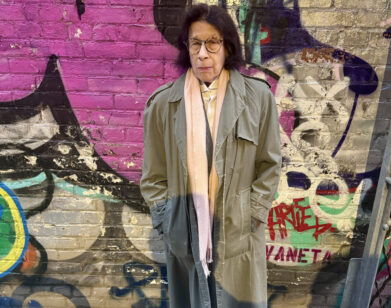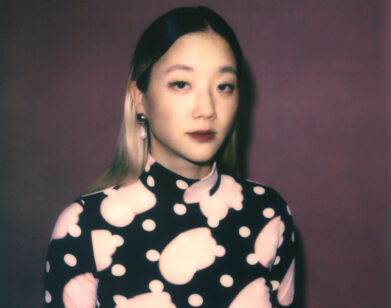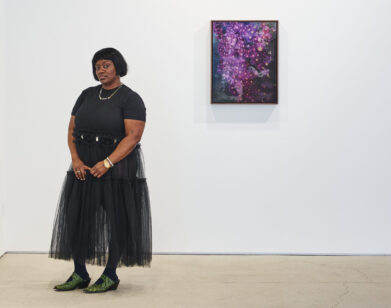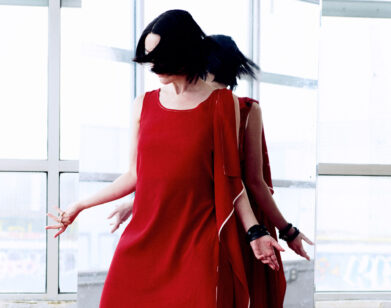The Enduring Horst
Horst P. Horst once said, “I don’t think photography has anything remotely to do with the brain. It has to do with eye appeal.” In a new definitive retrospective of the German photography luminary’s work, which spanned six decades, his lens guides you through a glittering portfolio of work that epitomized the interconnections between fashion, art, and high society.
In his signature aesthetic of artificial light, staged poses, and full-on glamour, his innovative vision included shooting Marlene Dietrich for Vogue [see slideshow, above], and collaborations with Coco Chanel, Jean Cocteau, Elsa Schiaparelli, and Salvador Dalí; not to mention his iconic portrait of a sinfully straining Mainbocher corset, which later inspired Madonna’s “Vogue” video. Horst’s legacy has influenced subsequent generations of designers, art directors, and photographers, including Robert Mapplethorpe, Bruce Weber, and Herb Ritts.
Now at London’s Victoria and Albert Museum, an illuminating show, “Horst: Photographer of Style,” explores his impact on Surrealist art, haute couture, and still-life photography, including unpublished vintage prints, portraits of 20th-century Hollywood stars, film footage, his lesser-seen nudes studies, and his travel reportage, which documented his passion for architecture and landscapes. We discussed the exhibition with curator Susanna Brown.
KATE LAWSON: Horst was undoubtedly one of the masters of fashion photography, but the breadth of his output was immense —can you tell me more about the central themes and subjects explored in the exhibition?
SUSANNA BROWN: The exhibition is divided into 10 sections and spans Horst’s 60-year career. He’s best known for his Vogue images and portraits from Hollywood’s Golden Age, but his oeuvre is actually much wider. I wanted to shine a light on Horst’s lesser-known projects, too, such as his Surreal still-lifes, the documentary photographs from his two trips to the Middle East, his work for the U.S. Army, and his second book, Patterns from Nature, of 1946. The book and the series of individual photographs from which it originated stand out as a surprising diversion from the high glamour of his fashion and celebrity photographs. These close-up, black and white images of plants, shells, and minerals were taken in New York’s Botanical Gardens, in the forests of New England, in Mexico, and along the Atlantic and Pacific coasts.
LAWSON: In capturing the spirit of Horst’s legacy, how did you go about selecting which images and materials from the Horst Estate should be in the retrospective? You also had access to the Condé Nast Archives in New York, London, and Paris—was it difficult to edit down from those?
BROWN: Before selecting the photographs for the exhibition, I wanted to gain a really comprehensive understanding of his output. I felt privileged to have been allowed access to the entire contents of the Horst Estate and the extensive Condé Nast Archives in New York, London, and Paris, as well as extraordinary private collections.
The Paris Vogue archive contains his earliest black-and-white pictures, from the ’30s, while New York houses thousands of later photographs and dazzling color transparencies. When selecting photographs, one of the biggest challenges was editing down so much material—there are so many brilliant pictures, and we simply don’t have space to show everything. I kept thinking about what Horst himself would have wanted to exhibit. Although I never knew him myself, I was keen to gain an insight into his character, so I read his diaries and hundreds of the letters and telegrams he preserved, and also talked to many of the people who were close to him: his friends, family members, assistants, and favorite models.
LAWSON: I imagine Horst’s archive makes for an ideal V&A subject, as so much of his work resonates with other fashion, art and film collections you’ve presented?
BROWN: From the earliest stages of this project I was struck by the many ways in which Horst’s work connects to the V&A collection—not just photography, but couture fashion, interior design, architecture, theater, and performance and Asian art.
LAWSON: What was it about Horst’s vision that made his work so prolific?
BROWN: Horst really did create some of the icons of 20th-century photography. He created images that transcend fashion and time and was a master of light, composition, and atmospheric illusion. He would sometimes spend two days preparing the studio lighting for a single sitting. The lighting for every V&A exhibition is carefully designed, but it was perhaps more important for this show than any before.
LAWSON: Do you have a favorite image in the exhibition?
BROWN: There are about 400 objects in the exhibition, so it’s really tough to pick just one favorite! The pictures that particularly interest me are those with great stories behind them—the portrait of Marlene Dietrich, for example. I also think the supremely elegant portrait of Coco Chanel that Horst made in 1937 is particularly special. Horst and Chanel first met at a fancy-dress ball in Paris and became close friends. The portrait he made of her a few years later became Chanel’s favorite picture of herself for many years. She showed her appreciation for the portrait by giving him several pieces of furniture from her own collection. Horst said of her importance in the 1930s, “Without a doubt, the center of the circle, the star of the circus was Chanel.” They remained friends even after he moved to New York permanently in 1939.
LAWSON: As a curator, is it easy to mix thought-provoking shows with a commercial necessity?
BROWN: The V&A has a very diverse audience, and we try to create exhibitions and displays that will have a broad appeal. Many of our exhibitions resonate across the V&A’s collections, and Horst is no exception, with the subject and style of his photographs that touch on fashion, interior design and photographs. The photographs and fashion galleries and exhibitions are amongst the most popular in the Museum.
LAWSON: Horst’s work has been presented in museums in New York and Cologne and now London—will this tribute to his career be a touring exhibition?
BROWN: Yes, the exhibition will tour internationally in 2015 and 2016, and we’re currently talking to venues in Europe, America, and Australia.
“HORST: PHOTOGRAPHER OF STYLE“ RUNS FROM SEPTEMBER 6 THROUGH JANUARY 4 AT THE VICTORIA AND ALBERT MUSEUM IN LONDON.

